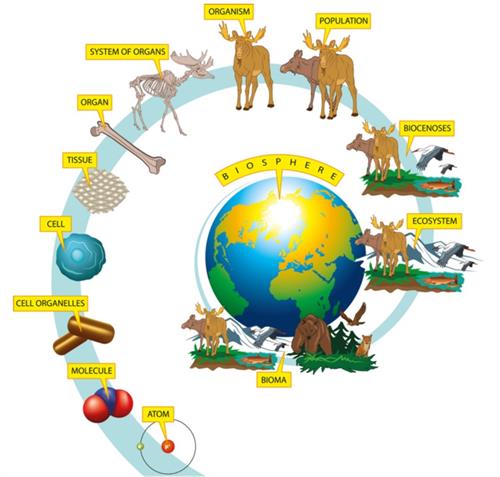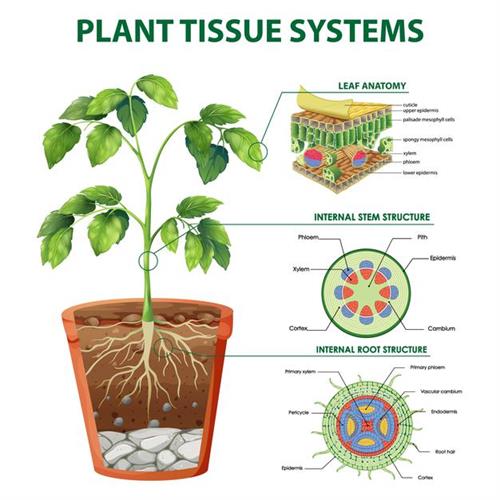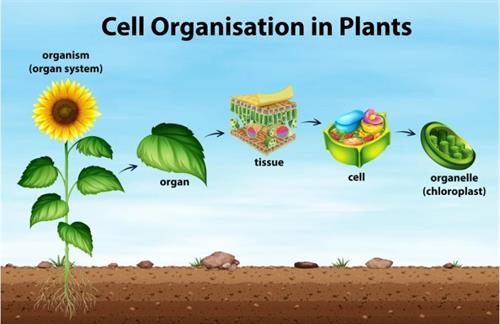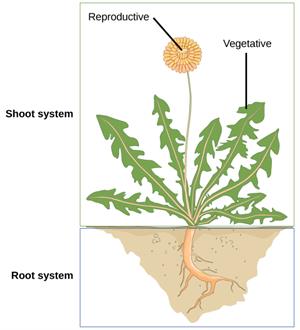
PUMPA - SMART LEARNING
எங்கள் ஆசிரியர்களுடன் 1-ஆன்-1 ஆலோசனை நேரத்தைப் பெறுங்கள். டாப்பர் ஆவதற்கு நாங்கள் பயிற்சி அளிப்போம்
Book Free DemoIf you consider an atom or a molecule, it operates on a particular set of laws. These atoms and molecules organised together to form complex biological structures called organelles. These organelles organised together to form cells, and they combined to form tissues. Thus, tissues group together to form organs, organs make up organ systems, and organ systems combine to form organisms.
Video explaining the levels of organisation an organism
It is already mentioned that atoms are organised to follow a set of rules. Similarly, organelles, cells, tissues and organs are well organised at their levels. So we can say, plants also exhibit varying degrees of an organisation as they are also made up of tissues and organs.
The organisation of life is the classification of organisms into levels based on their size, shape, and complexity of their cells and tissues.

Biological organisation of life
What is the purpose of tissues in plants?
Vascular tissue (xylem and phloem) delivers water, minerals, and sugars to different plant sections, while dermal tissue covers and protects the plant. Photosynthesis takes place in ground tissue, which also serves as a supporting matrix for vascular tissue and aids in the storage of water and glucose.

Plant tissue systems - internal structure of root, leaf and stem
So, multicellular organisms have a division of labour among cells to perform their various functions. Cells specialised in one function are of no use if they are scattered in different system regions. So they are grouped at a particular region of the body to do a specific function. These groups of cells are called tissues.
A tissue is a cluster of cells with a common origin, uniform in structure and works together to execute a specific function.
For example, in plants, the root, stem and leaves are organs; All the organs are made up of tissues such as,
- Epidermis
- Palisade tissue
- Spongy tissue
- Xylem
- Phloem

Organisation in plants
Plant anatomy, often known as phytotomy, is the study of a plant's internal structure. Thus plant anatomy is the study of a plant's form, structure, and size. Plant anatomy is a branch of botany that studies the structural components and systems that make up a plant.
A typical plant body comprises three essential vegetative organs, including the root, stem, and leaf, and a set of reproductive organs such as flowers, fruits, and seeds.

A different system of a plant
In \(1680\), an English physician named Nehemiah Grew was the first to reveal the interior structure of plants. The anatomy of plants is a book in which he reveals the plant's internal structure and function.

Nehemiah grew
Reference:
https://upload.wikimedia.org/wikipedia/commons/0/0c/Figure_30_01_01.jpg
https://upload.wikimedia.org/wikipedia/commons/a/a4/Nehemiah_Grew.png
https://www.vecteezy.com/vector-art/295449-cell-organisation-in-plants